❝Vou Pintar O Meu Brasil De Azul E Branco

❝Vou pintar o meu Brasil de azul e branco
Das cores da minha nação
Das cores do meu país
O azul do planeta do céu e do mar
Inspiração dos poetas
Que o próprio criador pintou
Veste a camisa azul e branca
Vem sentir a emoção
Sinta a magia que encanta
Do folclore do boi campeão❞
More Posts from Carlosalberthreis and Others
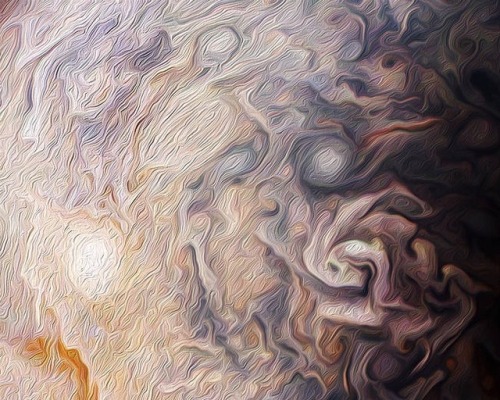

Citizen scientist Rick Lundh created this abstract Jovian artwork using data from the JunoCam imager on NASA’s Juno spacecraft.
Image credits: NASA/JPL-Caltech/SwRI/MSSS/Rick Lundh
A Descoberta de Urano - 13 de Março de 1781
No dia 13 de Março de 1781, William Herschel descobria Urano, o sétimo planeta do Sistema Solar, o primeiro descoberto por um telescópio, veja aí, um resumo da bela história da descoberta desse planeta.


Orion (constellation)
Orion is a prominent constellation located on the celestial equator and visible throughout the world. It is one of the most conspicuous and recognizable constellations in the night sky. It was named after Orion, a hunter in Greek mythology. Its brightest stars are Rigel (Beta Orionis) and Betelgeuse (Alpha Orionis), a blue-white and a red supergiant, respectively.

Orion’s seven brightest stars form a distinctive hourglass-shaped asterism, or pattern, in the night sky. Four stars—Rigel, Betelgeuse, Bellatrix and Saiph—form a large roughly rectangular shape, in the centre of which lie the three stars of Orion’s Belt—Alnitak, Alnilam and Mintaka.

Orion’s Belt or The Belt of Orion is an asterism within the constellation. It consists of the three bright stars Zeta (Alnitak), Epsilon (Alnilam), and Delta (Mintaka). Alnitak is around 800 light years away from earth and is 100,000 times more luminous than the Sun; much of its radiation is in the ultraviolet range, which the human eye cannot see. Alnilam is approximately 1340 light years away from Earth, shines with magnitude 1.70, and with ultraviolet light is 375,000 times more luminous than the Sun. Mintaka is 915 light years away and shines with magnitude 2.21. It is 90,000 times more luminous than the Sun and is a double star: the two orbit each other every 5.73 days.

Around 20 October each year the Orionid meteor shower (Orionids) reaches its peak. Coming from the border with the constellation Gemini as many as 20 meteors per hour can be seen. The shower’s parent body is Halley’s Comet.

M78 (NGC 2068) is a nebula in Orion. With an overall magnitude of 8.0, it is significantly dimmer than the Great Orion Nebula that lies to its south; however, it is at approximately the same distance, at 1600 light-years from Earth. It can easily be mistaken for a comet in the eyepiece of a telescope.

Another fairly bright nebula in Orion is NGC 1999, also close to the Great Orion Nebula. It has an integrated magnitude of 10.5 and is 1500 light-years from Earth. The variable star V380 Orionis is embedded in NGC 1999.

Another famous nebula is IC 434, the Horsehead Nebula, near ζ Orionis. It contains a dark dust cloud whose shape gives the nebula its name.

NGC 2174 is an emission nebula located 6400 light-years from Earth.

Besides these nebulae, surveying Orion with a small telescope will reveal a wealth of interesting deep-sky objects, including M43, M78, as well as multiple stars including Iota Orionis and Sigma Orionis. A larger telescope may reveal objects such as Barnard’s Loop and the Flame Nebula (NGC 2024), as well as fainter and tighter multiple stars and nebulae.
All of these nebulae are part of the larger Orion Molecular Cloud Complex, which is located approximately 1,500 light-years away and is hundreds of light-years across. It is one of the most intense regions of stellar formation visible within our galaxy.
source
image credit: Tunç Tezel, H. Raab, Andrew Walker, Geert Vanhauwaert, Jason Hullinger, ESO, NASA/ESA Hubble






Other “ solar systems ”. The Milky Way has an average of 200 to 400 billion stars, not all stars have a planet around them, but others could have could have at least one planet around them or even more, could have two, four, eight , or more… now imagine the diversity of these worlds, all this is only in the Milky Way… Do you believe there is life out there?
Image credit: NASA/JPL; Tiago Campante / Peter Devine.

Após retornar a Parintins, olha quem eu encontrei na Catedral.
Ela mesmo! A Miss Parintins Beatriz Prestes! 👑
Parabéns pela conquista. A cidade está muito bem representada! 🙌🎉
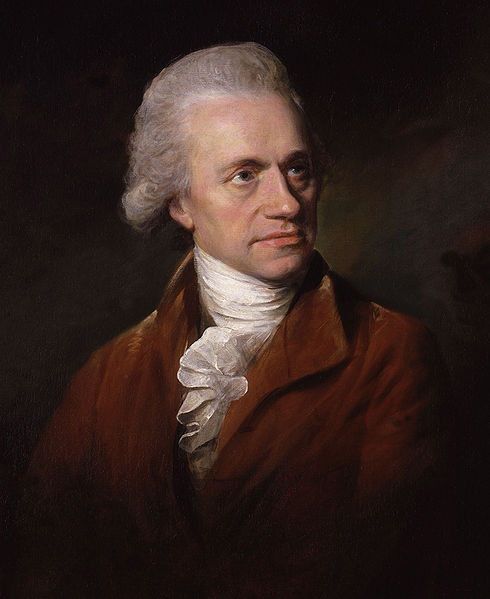
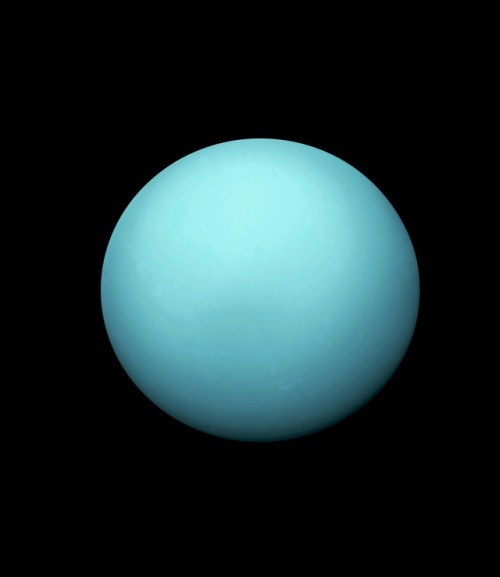
William Herschel
Frederick William Herschel, was a British astronomer and composer of German origin, and brother of fellow astronomer Caroline Herschel, with whom he worked. Born in the Electorate of Hanover, Herschel followed his father into the Military Band of Hanover, before migrating to Great Britain in 1757 at the age of nineteen.
Herschel constructed his first large telescope in 1774, after which he spent nine years carrying out sky surveys to investigate double stars. The resolving power of the Herschel telescopes revealed that the nebulae in the Messier catalogue were clusters of stars. Herschel published catalogues of nebulae in 1802 (2,500 objects) and in 1820 (5,000 objects). In the course of an observation on 13 March 1781, he realized that one celestial body he had observed was not a star, but a planet, Uranus.

This was the first planet to be discovered since antiquity and Herschel became famous overnight. As a result of this discovery, George III appointed him Court Astronomer. He was elected as a Fellow of the Royal Society and grants were provided for the construction of new telescopes.
Herschel pioneered the use of astronomical spectrophotometry as a diagnostic tool, using prisms and temperature measuring equipment to measure the wavelength distribution of stellar spectra. Other work included an improved determination of the rotation period of Mars, the discovery that the Martian polar caps vary seasonally, the discovery of Titania and Oberon (moons of Uranus) and Enceladus and Mimas (moons of Saturn). In addition, Herschel discovered infrared radiation. Herschel was made a Knight of the Royal Guelphic Order in 1816. He was the first President of the Royal Astronomical Society when it was founded in 1820. He died in August 1822, and his work was continued by his only son, John Herschel.
Animation taken from the video ‘‘The Discovery of Uranus’’
To know more about the history of William Herschel, click here.

Pequena galeria com imagens de colisão/fusão de galáxias, feitas pelo Telescópio Espacial Hubble.
Dia 6 de Julho de 2016, três novos tripulantes serão lançados rumo a Estação Espacial Internacional para cumprir o turno das Expedições 48 e 49.
Os tripulantes são, a astronauta da NASA Kate Rubins, o cosmonauta da ROSCOSMOS, Anatoly Ivanishin e o astronauta da JAXA Takuya Onishi.
O lançamento acontecerá no dia 6 de Julho de 2016, às 22:36 hora de Brasília, direto do Cosmódromo de Baikonur no Cazaquistão.
Os três passarão aproximadamente 4 meses no espaço, e devem retornar para a Terra em Outubro de 2016.
Os tripulantes irão viajar numa nave Soyuz inteiramente nova, um modelo atualizado das antigas Soyuz, e devido a isso, irão cumprir 34 órbitas ao redor da Terra, durante dois dias, antes de se acoplarem à ISS, acoplagem essa que está programada para acontecer no Sábado, dia 9 de Julho de 2016, às 01:12, hora de Brasília.
As escotilhas serão abertas às 3:50 do Sábado, dia 9 de Julho, hora de Brasília, quando os recém chegados serão saudados pelo comandante da Expedição 48, o astronauta Jeff Willims da NASA e pelos Engenheiros de Voo da ROSCOSMOS, Oleg Skripochka e Alexey Ovchnin.
Os seis tripulantes da ISS darão continuidade as centenas de experimentos em biologia, biotecnologia, ciências físicas e ciências da Terra, que estão atualmente em curso dentro do módulo orbital.
No dia 3 de Julho de 2016, a nave Soyuz MS-01 foi montada no topo do foguete, e no dia 4 de Julho de 2016, todo o conjunto foi levado até a base de lançamento para os preparativos finais antes do lançamento.
Foquem ligados no canal e nas redes sociais do Space Today para acompanhar como será o lançamento dessa nova nave Soyuz.
(via https://www.youtube.com/watch?v=uHpMeJ9TBTc)
NASA and Star Trek
Star Trek debuted in September 1966 and in its various incarnations, the series has been an inspiration to many, even some of us at NASA. The series allowed its fans to explore “strange new worlds” and to dream of what could be right in their living rooms. To celebrate the show’s 50th anniversary, we’ve collected some Trek-themed photos featuring Star Trek cast members and NASA astronauts.
Serious Business

The STS-54 crew of the space shuttle Endeavour in their official “gag” photo are costumed as the bridge crew of the Enterprise as depicted in the movie “Star Trek II: The Wrath of Khan.” The photo was taken on the Star Trek Adventure set of the Universal Studios California theme park in Los Angeles, California, while the crew was on a west coast training and public relations tour during the Summer of 1992. From left to right:
Greg Harbaugh (Mission Specialist/Engineering Officer)
Mario "Spock” Runco Jr. (Mission Specialist/1st Officer/Science Officer)
John Casper (Commander/Captain)
Susan Helms (Mission Specialist/Communications Officer)
Don McMonagle (Pilot/Navigation-Helm Officer)
“I have been, and always shall be, your friend”

Astronaut John Creighton shows the on board Graphical Retrieval Information Display (GRID) computer, which displays a likeness of Mr. Spock aboard STS-051G, June 18, 1985.
“A Keyboard… How Quaint”

Actor James Doohan (who played engineering genius Montgomery Scott in Star Trek) sits in the commanders seat of the Full Fuselage Trainer while astronaut Mario Runco explains the control panel during a tour of Johnson Space Center on Jan. 18, 1991.
“You Wanted Excitement, How’s Your Adrenaline?”

Actress Nichelle Nichols (Uhura in Star Trek) toured Johnson Space Center in Houston on March 4, 1977, while Apollo 12 lunar module pilot and Skylab II commander Alan Bean showed her what it felt like inside the Lower Body Negative Pressure Device and showed her how the Shuttle Procedures Simulator operated.


Nichols paid us another visit in 2012 and 2015 with the Space Traveling Museum.
Infinite Diversity, Infinite Combinations

European Space Agency astronaut Samantha Cristoforetti gave the Vulcan salute aboard the International Space Station shortly after the passing of Leonard Nimoy on Feb. 28, 2015. She commented on Tweeter: “ ‘Of all the souls I have encountered.. his was the most human.’ Thx @TheRealNimoy for bringing Spock to life for us”
Live Long And Prosper

While visiting Johnson Space Center in Houston, TX, George Takei (Hikaru Sulu on the original series) had the chance to exchange Vulcan salutes with Robonaut on May 29, 2012.
“Let’s See What’s Out There”

Scott Bakula, who played Captain Jonathan Archer on Star Trek: Enterprise, stands with astronauts Terry Virts and Mike Fincke on set. The two astronauts made guest appearances on the series finale episode “These Are The Voyages …” March 2005.
Boldly Going For Real

Above is the crew of STS-134, the next to last shuttle mission, in their version of the 2009 Star Trek movie poster.

The crew of Expedition 21 aboard the International Space Station also made a Trek-themed poster in 2009, wearing uniforms from Star Trek: The Next Generation with the Enterprise NX-01 silhouette in the background.
Learn more about Star Trek and NASA.
Make sure to follow us on Tumblr for your regular dose of space: http://nasa.tumblr.com
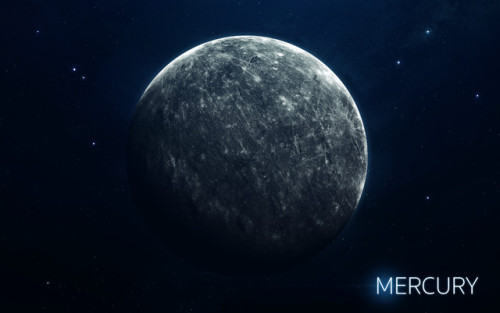
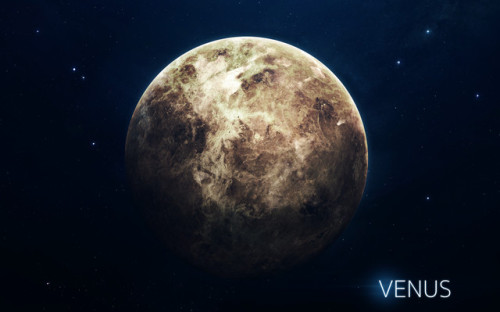
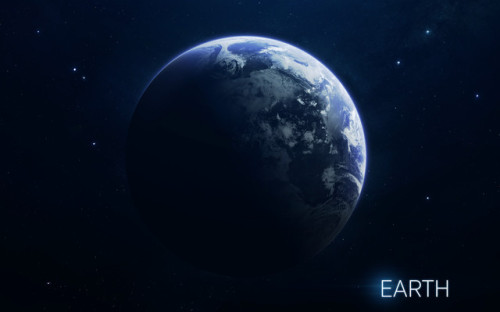
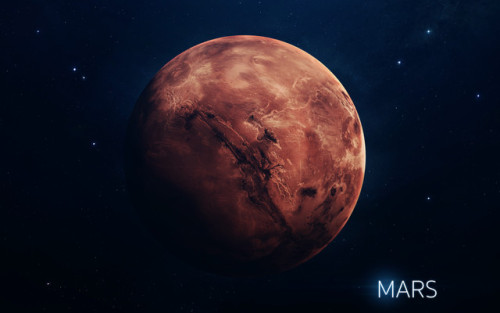
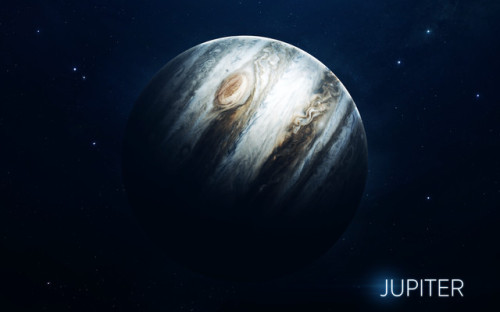

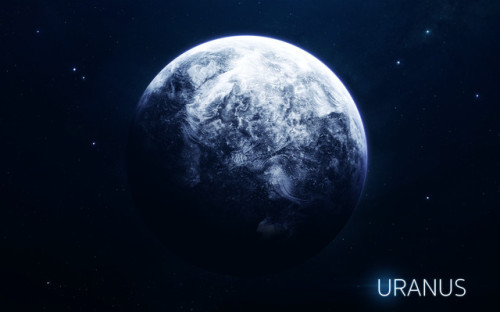
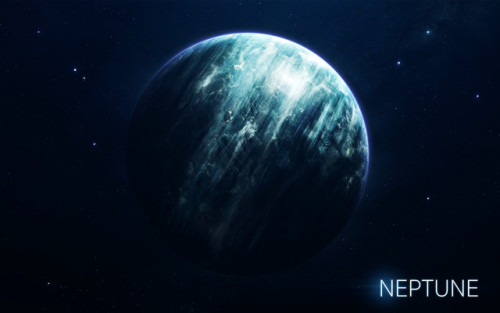
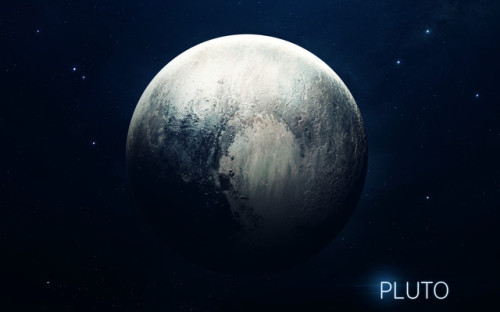
Berries - Vadim Sadovski
